



















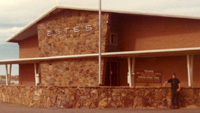 The Estes plant in Penrose 1976. Photo: Mom |
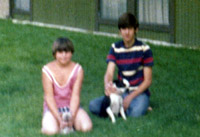 Moe, Marc, Soyuz and Beanie 1975 |
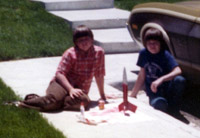 Painting Red Max 1975 |
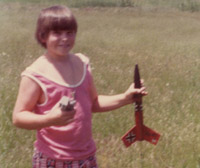 Red Max ready to launch Jun 15, 1975 |
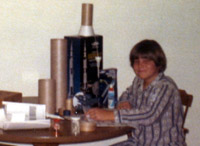 Starting work on the Estes Saturn V. 1975 |
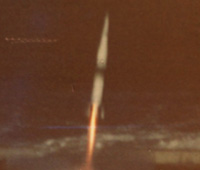 Saturn V night launch on a D12-3. 1975 |
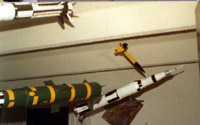 Some big ones hanging from the ceiling |
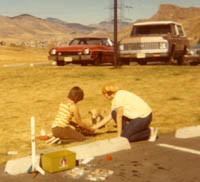 Moe, Vickie, and O.C. the puppy. |
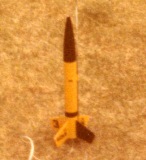 Goblin |
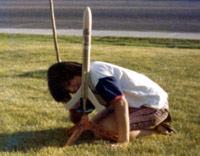 Prepping Scrambler w/24mm D engine 1975 |
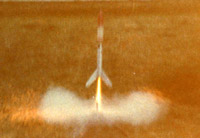 Scrambler launch w/24mm D engine 1975 |
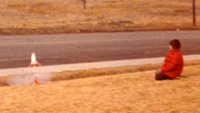 Mars Lander launch Feb 1976 |
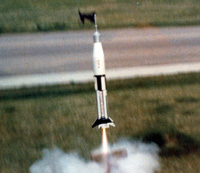 Estes 1/70 Saturn 1B launches on a 'D' engine |
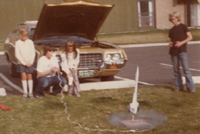 Moe launching Estes Interceptor. 1977 |
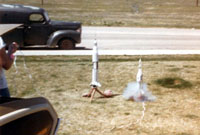 Centuri 1/45 Little Joe II launches on a 'D' engine |
 |
 |
 |
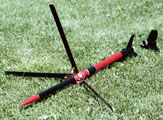 |
 |
 |
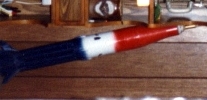 Another Estes Saturn 1B. I slaughtered this one with a funky paint job...ouch. |
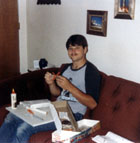 Back to basics in Lompoc California. Jun 83 |
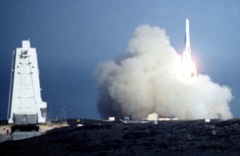 Atlas E launches from Vandenberg AFB SLC-3 on Mar 28, 1983. Time: 0852hrs local. |
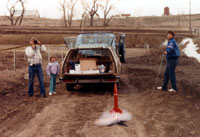 Lee launches his Der V3 while Del and Jennifer watch |
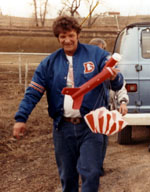 Post recovery of Der V3 |
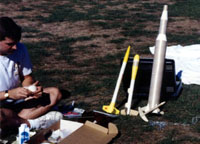 Prepping some rockets |
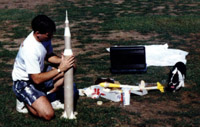 Moe prepping Lee's Saturn V |
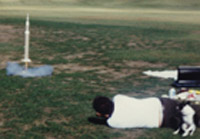 Lee launching his nekked Saturn V |
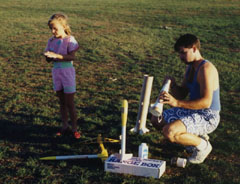 Prepping Saturn V |
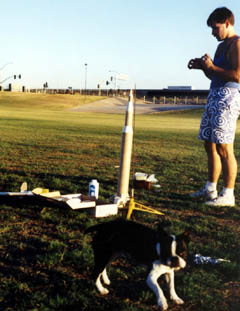 Moe and Pugsley |
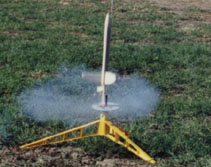 Launch of the "Stefanie" |
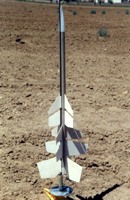 5 Stager launched on 3 July 1989 |
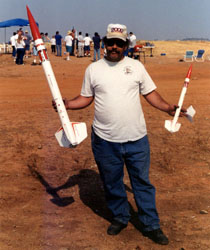 Cherokee-D's at a SARG launch in 1999. |
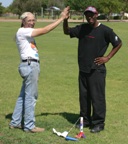 Geoff and Gerald high-five after an upright landing. |
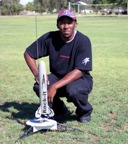 Gerald and his Estes Rock-it. |
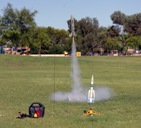 Rock-it. The launch rocked! |
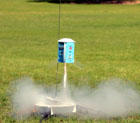 Gerald flew his Porta-Pot Shot. |
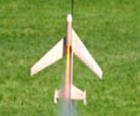 Moe's Estes Falcon clone. |
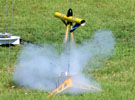 Geoff comes up with some interesting rockets. |
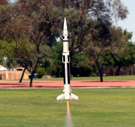 Saturn IV based on Pete Alway's plans. |
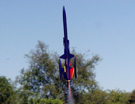 Geoff kitbashed an Estes Gemini-DC into his 'Cediming Raider...' |
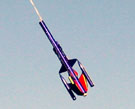 ...and it flew very, very nicely! |
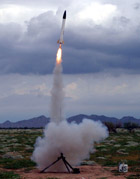 Moe's LOC IV on an AT H128 Sep 9, 2006 |
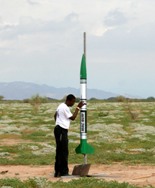 Gerald prepping his LOC Magnum Sep 9, 2006 |
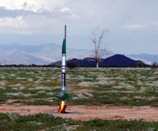 Ignition of the Skidmark motor Sep 9, 2006 |
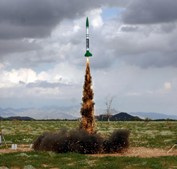 Skidmark motor at full pressure spewing sparks Sep 9, 2006 |
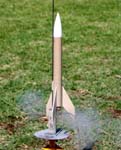 I lost my Alpha on its first flight >:( |
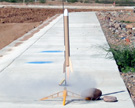 Liftoff of Bertha |
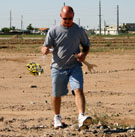 Steve returns with Big Bertha |
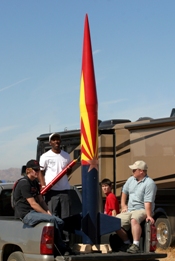 Gerald and his Level 3 Nike Smoke and 'M' motor casing |
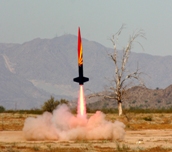 Liftoff of the Nike Smoke Oct 28, 2006 |
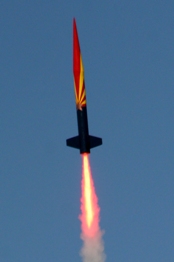 Nike Smoke climbing out Oct 28, 2006 |
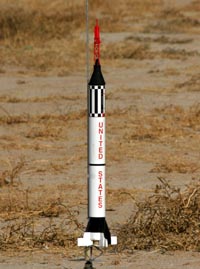 Mercury Redstone on a D12-5 |
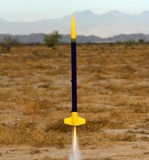 Eliminator an an E9-6 |
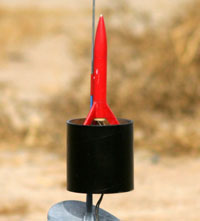 Flyin' Stovepipe |
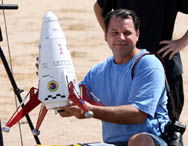 Moe and his 2x upscale Tango Papa Mars Lander Mar 10, 2007 Photo: Dave Maggiano |
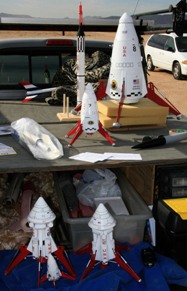 Most of my Lander fleet Mar 10, 2007 |
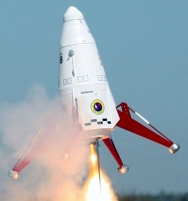 Liftoff off 2x Mars Lander Aerotech I211W-M Mar 10, 2007 Photo: Dave Maggiano |
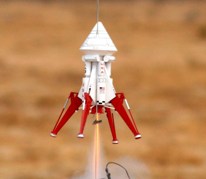 Outlander liftoff on D12-3 |
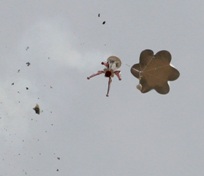 Outlander ejection |
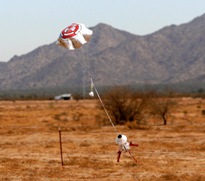 Outlander recovery |
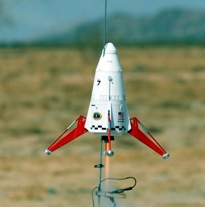 Semroc Mars Lander liftoff on C6-3 |
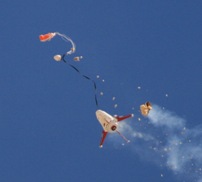 Ejection at apogee |
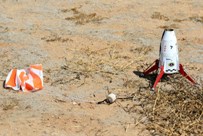 Nice upright landing! |
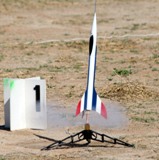 Estes Star Blazer |
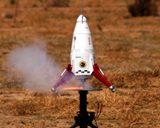 |
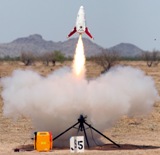 |
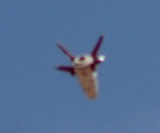 |
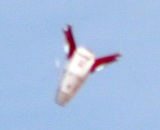 |
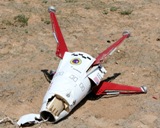 |
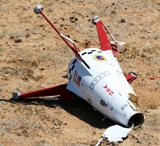 |
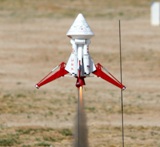 on 18mm D13 reload |
 on an E9-8 |
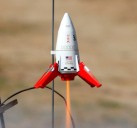 on A10-3T |
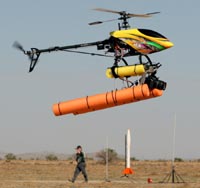 Canon DSLR mounted under chin |
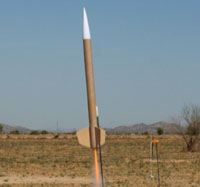 |
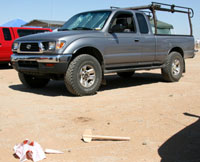 |
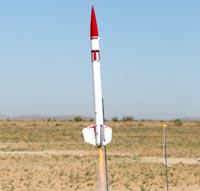 |
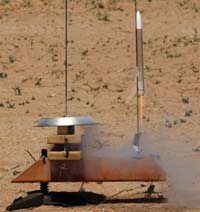 |
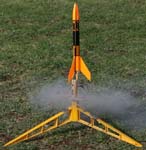 |
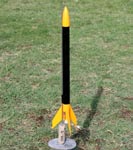 stretched Alpha III |
 |
 |
 odd-roc |
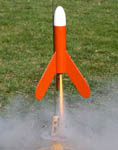 "Skeeter" |
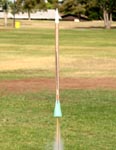 |
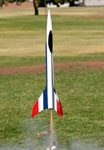 |
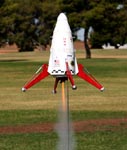 |
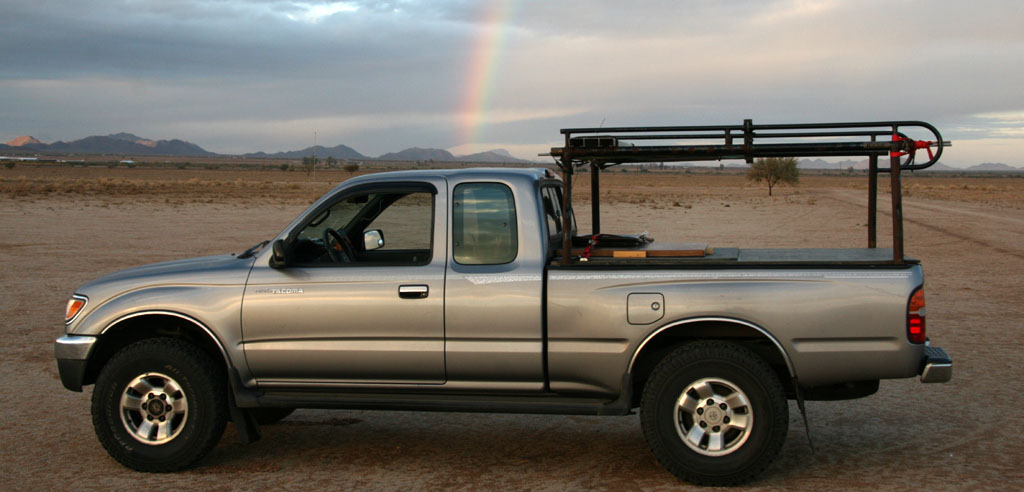
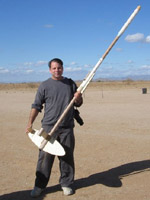 See - it's already rebuilt and ready to fly. Oops...my bad. This is a before-launch photo. Thanks Bob for getting a pic of us. Photo: Bob Heninger, used with permission. |
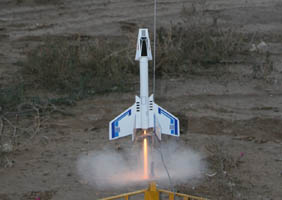 Geoff's Orion - B6-4 |
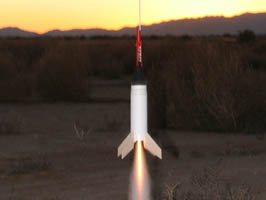 My Little Joe 1 - C5-3 |
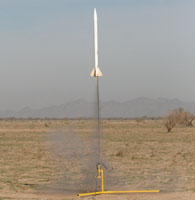 Launch of my LOC Caliber ISP on a J180T-L resulted in a failed L2 Cert attempt. |
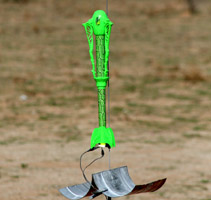 My Estes Exo-Skell on the pad with a C5-3 |
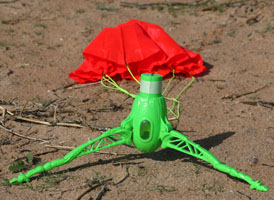 Exo-Skell lander section after launch |
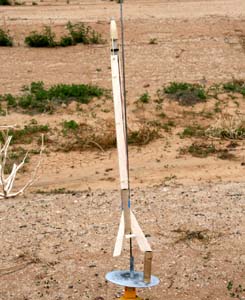 Flis Kits Rose-A-Roc on A8-3 |
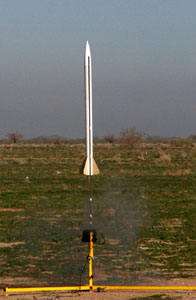 LOC Caliber on a J180T-L. Successful Level 2 Cert Flight. |
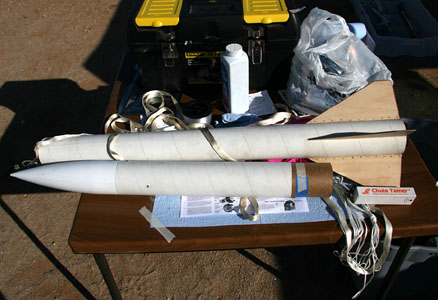 Post-flight with Chute Tamer(tm) |
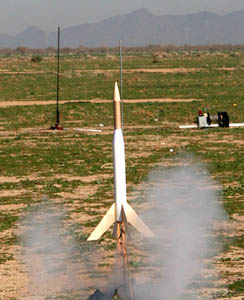 BT-70 Astron Cobra upscale on 3 D12-5s. I call it the "Queen Cobra" |
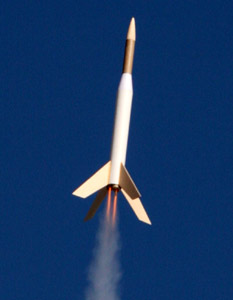 Clearly only 2 motors ignited. |
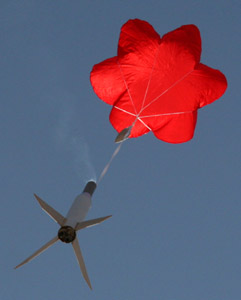 Safe recovery nonetheless on the 24 inch nylon chute. |
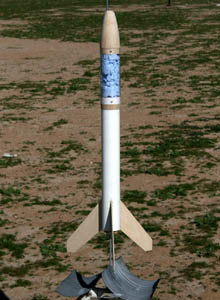 Upscale BT-80 Scrambler on 3x E9-6s |
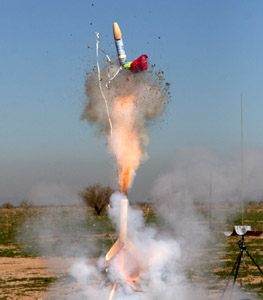 2 of the E9-6s CATO'd on the pad. The third didn't ignite. |
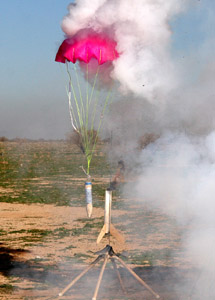 Cool photo of the chute. |
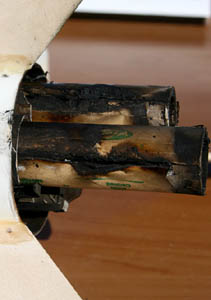 The CATO'd engines. |
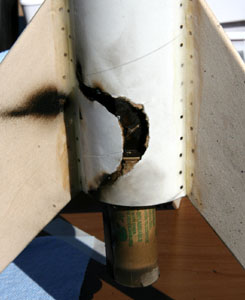 Damaged Scrambler rear end. |
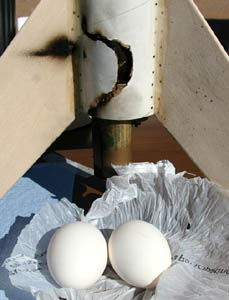 Both eggs survived their near-scrambling experience. |
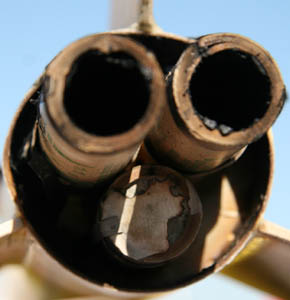 Rear end of the Scrambler. |
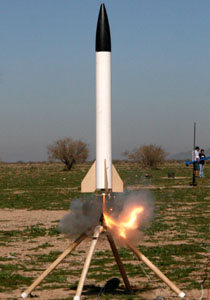 LOC IV on an H180W-L. |
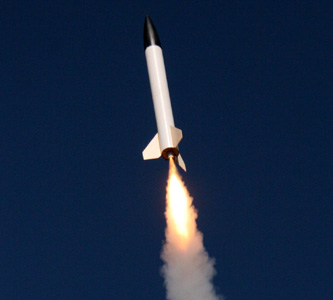 LOC IV on an H180W-L. |
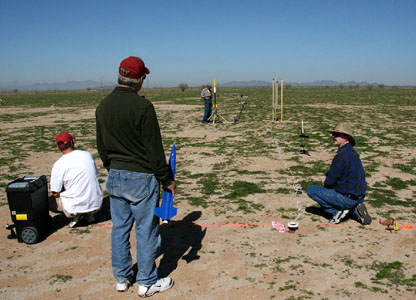 Looking north at Rainbow Valley. |
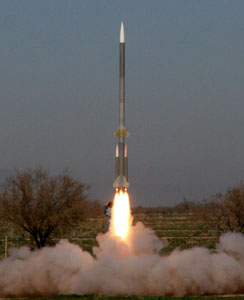 Still Ugly puts on a great show. |
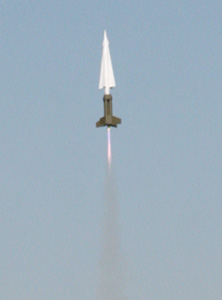 Very nice scratch built Nike Hercules. |
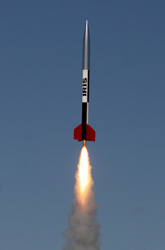 Keith's very nice Iris. |
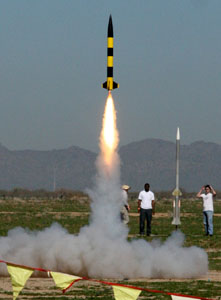 Flight of the Bumble Bee. |
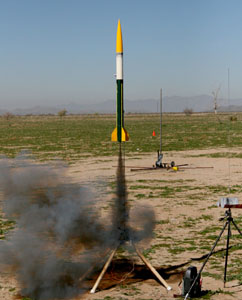 Geoff's camera rocket. |
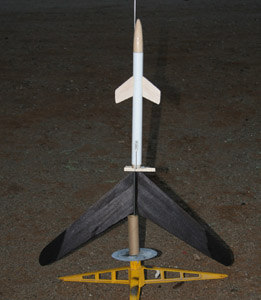
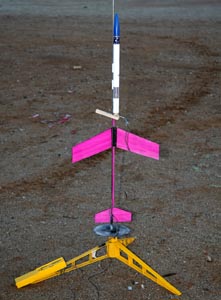 Sky (Apogee) Condor boost glider |
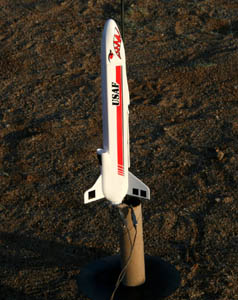 Estes Mini-ALCM (RTF). |
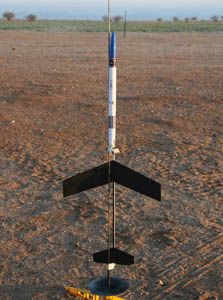 Sky (Apogee) Condor boost glider (#2) |
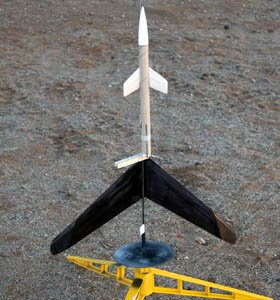 Standard size Nighthawk clone |
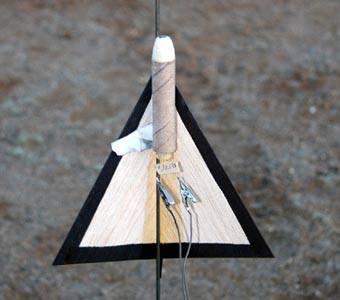 Jet Freak boost glider. |
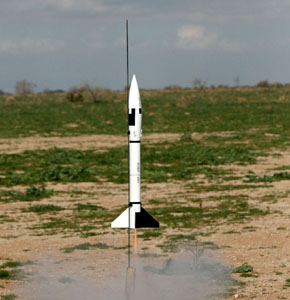 My BT-55 Honest John scale entry on a C6-5. |
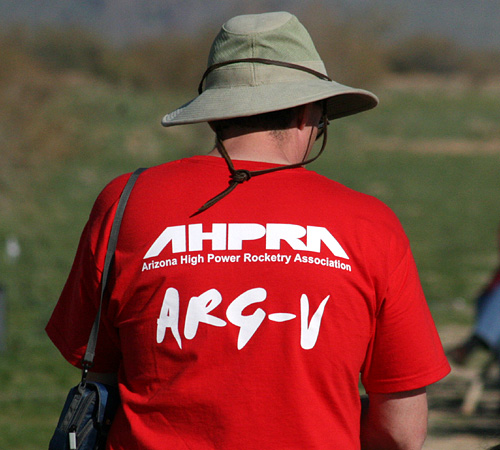
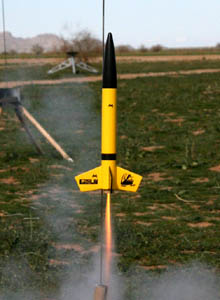 Goblin clone on D12-5 |
 |
 |
 |
 |
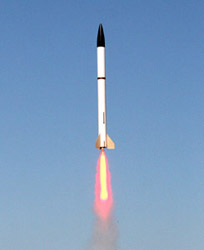 My dual deploy LOC IV on I285R |
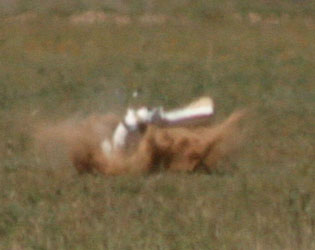 Dual deploy complete failure |
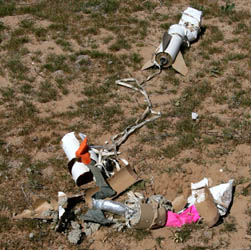 Utterly destroyed on impact...altimeter survived! |
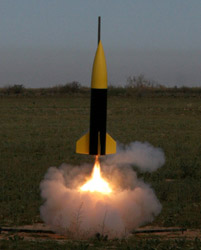 Lloyd's L2 Warlock launch |
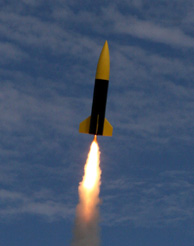 The Warlock climbs out |
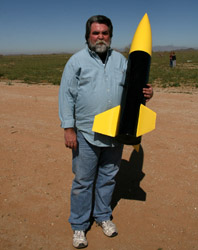 Lloyd certified L2! |
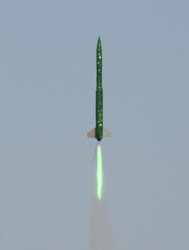 Wild Bill's Mojave Green motor |
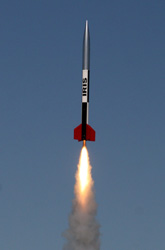 Iris launch |
 |
 |
 |
 |
 |
 |
 |
 |
 |
 |
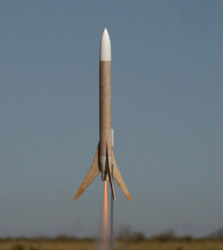 Drifter on a B6-4. |
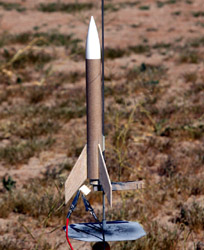 Alpha set to go on a B6-6 |
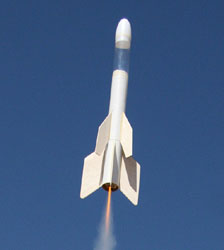 Apogoon on a B6-0 to B6-6 |
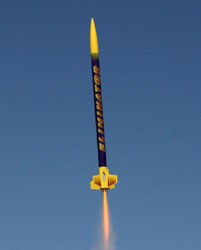 Eliminator on a D12-5 |
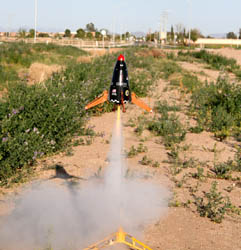 Dark Lander on a C5-3 |
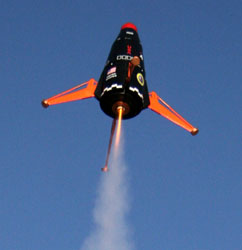 Dark Lander climbs out... |
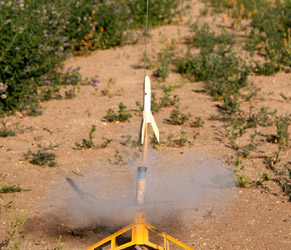 Nekkid Golden Scout on an A3-4T |
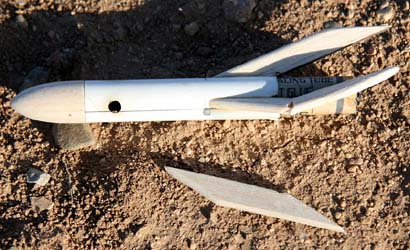 The broken Golden Scout |
 |
 |
 |
 |
 |
 |
 |
 |
 |
 |
 |
 |
 |
 |
 |
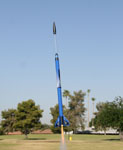 Estes Super Nova Payloader C11-3 |
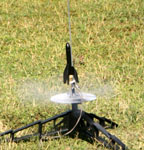 Micro Baby Bertha 1/2A3-2T |
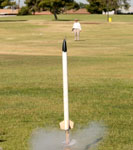 NG60 Payloader C11-3 |
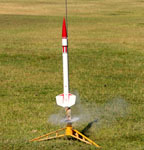 Cherokee D C11-5 |
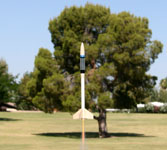 Estes X-Ray B4-2 |
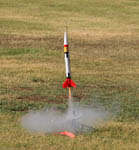 Wil's Patriot RTF |
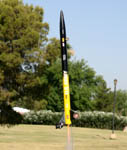 Geoff's scratch Dragster |
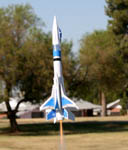 Jim's Shuttle Xpress |
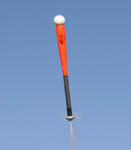 Estes Pop Fly |
 |
 |
 |
 |
 |
 |
 |
 |
 |
 |
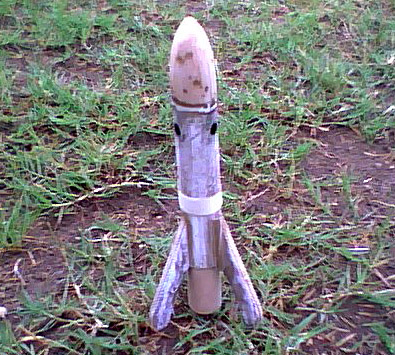
 |
 |
 |
 |
 |
 |
 |
 |
 |
 |
 |
 |
 |
 |
 |
 |
 |
 |
 |
 |
 |
 |
 |
 |
 |
 |
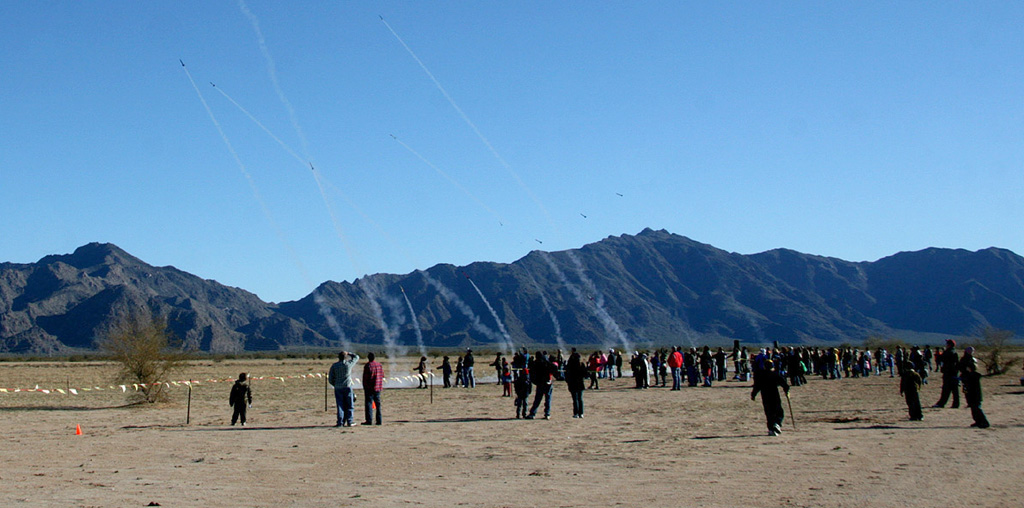
Superstition Spacemodeling Society |
| Aeromoe's Rocket Fleet |
Aeromoe's Launch Log |
Aeromoe's Rocket Main Page |
| Cloning Rockets |
Upscaling Rockets |
Photographing Rockets |
| Aeromoe's Main Index |